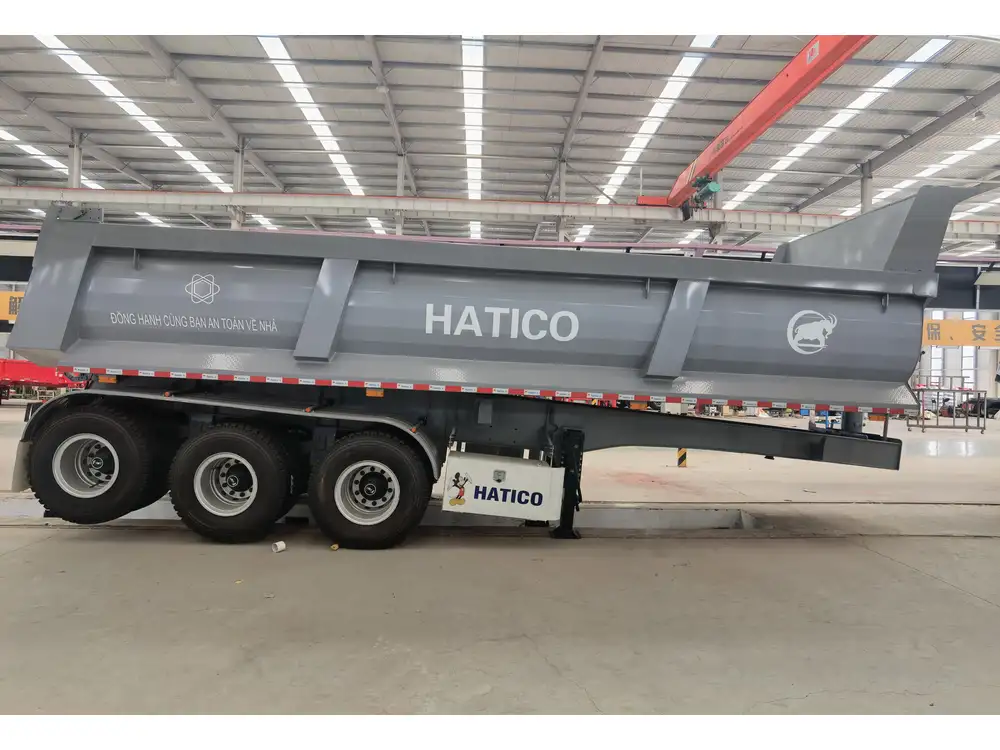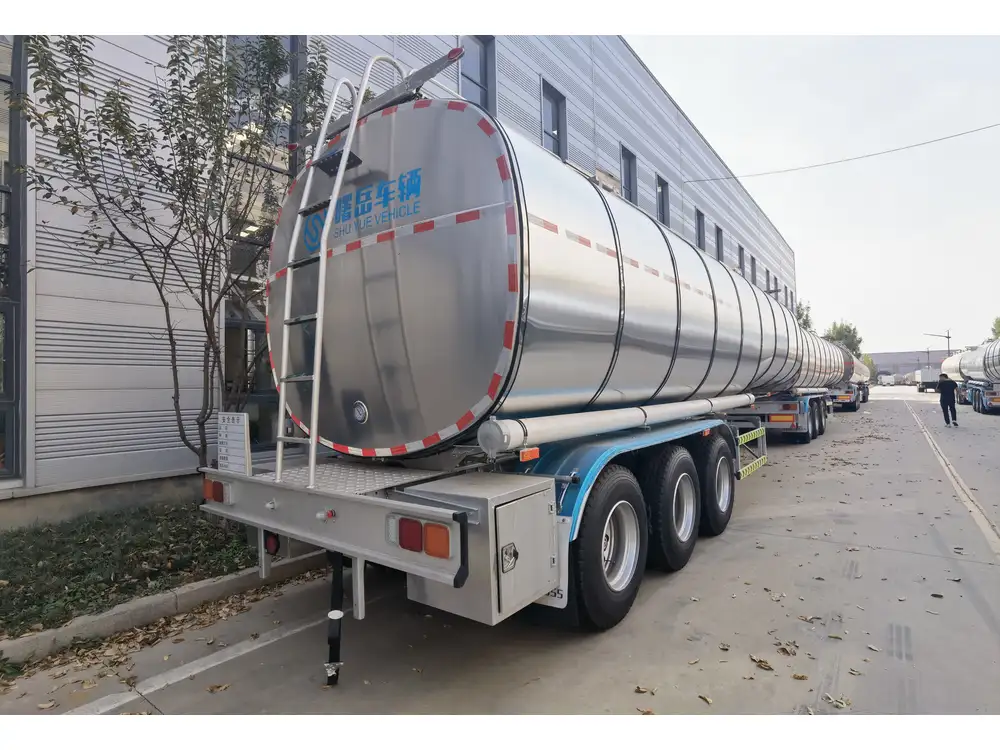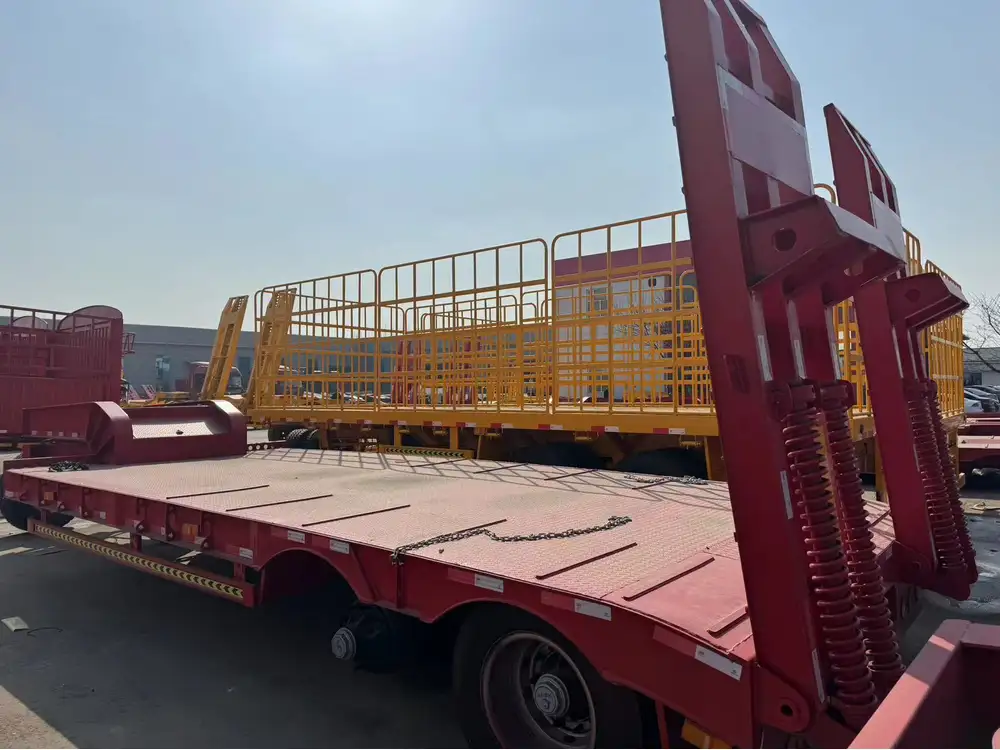Understanding the Regulations Surrounding Semi-Trailer Passenger Transportation
The question of whether you can ride in a semi-trailer often arises due to the unique circumstances surrounding commercial trucking and the freight industry. The regulations imposed by the Federal Motor Carrier Safety Administration (FMCSA) and various state laws are stringent, reflecting a broader focus on safety and hazard prevention in commercial transportation.
Federal Guidelines on Riding in Semi-Trailers
FMCSA Regulations: Under federal law, specifically the FMCSA regulations, it is prohibited for anyone who is not a commercial driver to ride in the cab of a semi-truck or in any part of the trailer that is not designated as a safe area. These rules aim to uphold safety standards essential for trucking operations.
State-Specific Laws: Various states have their own regulations regarding passenger transportation in commercial vehicles. For instance, some states allow exceptions under specific conditions, such as for family members of truck drivers, while others maintain a strict no-passenger rule.
Industry Practices: Many trucking companies enforce additional policies that exceed federal regulations, prohibiting non-employees from traveling in their vehicles, whether in the cab or the trailer. Understanding these company-specific rules is critical for anyone considering riding along.

Safety Concerns Associated with Riding in Semi-Trailers
Potential Risks of Riding in the Trailer
The risks associated with riding in a semi-trailer can vary significantly based on numerous factors. Let’s delve into the main concerns:
Unsecured Environment: The interior of a semi-trailer is often not designed for human occupancy. Boxes, freight, and equipment may shift during transit, presenting significant hazards to anyone inside.
Emergency Situations: In the event of an accident or emergency, accessing the rear compartment may pose perilous challenges, leading to injury or worse.
Lack of Safety Equipment: Unlike passenger vehicles, semi-trailers are not equipped with safety belting or proper seating, which increases the risk of injury during sudden stops or collisions.
Recognizing the Need for Safety Protocols
With the inherent risks in mind, if travel in or on a semi-trailer is deemed necessary, establishing safety protocols is essential. Considerations include:
- Secure all cargo: Ensuring that all freight is properly secured to minimize movement during transport.
- Using designated areas only: If riding in the cab is permitted, only do so in designated areas equipped with safety measures.
- Adhering strictly to regulations: Always ensure compliance with state and federal transportation laws to mitigate legal risks.

Alternatives to Riding in a Semi-Trailer
If your objective is to accompany a truck driver or understand the freight process better, there are safer and legal alternatives to riding in the trailer:
Accompanying in the Cab
Passenger Seating: Truck cabs usually have seats specifically designed for passenger comfort and safety. If permitted, sitting in the cab allows for a more secure travel experience and offers insight into the driving process.
Adhering to Guidelines: Ensure that the truck driver is licensed and has the necessary permissions, as well as ensuring all passengers are using seatbelts at all times.
Virtual Participation
Ride-Along Programs: Many trucking companies offer ride-along programs that grant an inside look into their operations—often without the need for physical presence in a truck.
Educational Workshops: Attending workshops or training sessions can provide insights without the risks associated with physical travel.

Questions about Riding in Semi-Trailers: What You Need to Know
Common Queries Addressed
Can family members ride in the cab of a semi-trailer? Depending on company policy and state regulations, family members may sometimes ride as passengers in the cab. Always check with the trucking company for their specific rules.
What happens if I’m caught riding in a semi-trailer? Penalties can vary from fines to losing the truck driver’s commercial license. It’s critical to understand the implications of non-compliance with regulations.
Are there exceptions for certain circumstances? There may be exceptions for humanitarian concerns, such as accompanying a driver during emergencies or when family needs arise, but these are typically regulated.
The Importance of Compliance and Safety Culture in the Trucking Industry

Developing a Safety-Oriented Mindset
The trucking industry thrives on safety culture. Understanding regulations, implementing safety protocols, and prioritizing secure passenger transportation are critical components of this ethos. For companies, fostering an environment that emphasizes adherence to safety and legal standards is paramount.
Training and Education: Companies should invest in comprehensive training programs that emphasize the importance of safety regulations not only for drivers but for anyone involved in trucking operations.
Communication of Policies: Clear communication regarding safety policies related to passenger travel is crucial. Employees should be well-informed about legal requirements and potential risks involved in transport.
Feedback Mechanisms: Implementing feedback mechanisms permits employees to report incidents or suggest improvements in safety protocol, promoting a culture of continuous improvement.
Partnering for Safer Transportation Practices
Investing in partnerships with transport safety organizations can enhance knowledge around regulations and best practices. Engaging with industry experts can yield insights that foster a safer trucking environment for all parties involved.
Conclusion: Riding in a Semi-Trailer Requires Caution and Compliance
Navigating the question of whether you can ride in a semi-trailer unveils a complex web of regulations, safety concerns, and practical alternatives. The answer, steeped in legal considerations, emphasizes that while the desire to accompany a trucker may be strong, understanding and adhering to safety and legal regulations are paramount.
Whether considering a truck ride for educational purposes or out of curiosity, ensuring compliance with FMCSA regulations, understanding company policies, and prioritizing safety will guarantee a responsible approach to this intriguing yet risky inquiry.

Key Takeaways
| Aspect | Details |
|---|---|
| Federal Regulations | Prohibits non-employees from riding; specific to carriers. |
| Safety Risks | Unsecured environment; emergency challenges; lack of safety. |
| Alternatives to Riding | Accompany in the cab (where allowed); virtual participation. |
| Questions to Consider | Family rider rules; consequences of violations; potential exceptions. |
| Cultivating Safety Culture | Training; communication; partnership with safety organizations. |
In conclusion, the inquiry into the feasibility of riding in a semi-trailer should be approached with diligence, transparency, and an unwavering commitment to safety. By prioritizing regulations and exploring safe alternatives, one can gain insights into the trucking industry while minimizing risk and ensuring compliance with the diverse landscape of federal and state laws.



